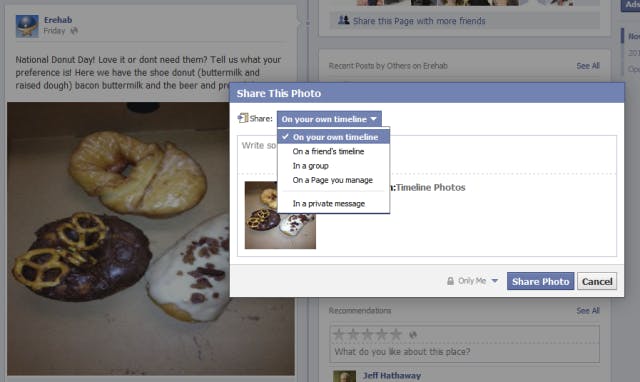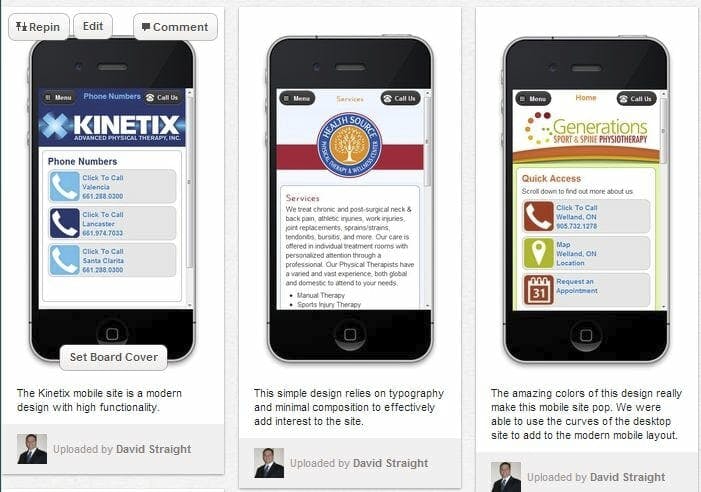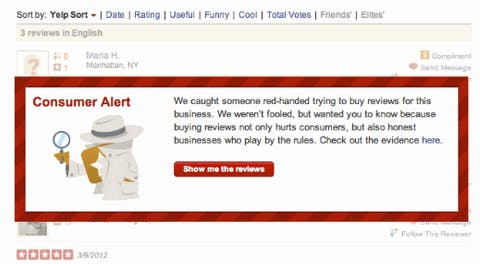
How many visitors do you have see your website each month…100, 200, 300+? In a service business people judge what they can’t see based on what they can see. Ask yourself this question, “Have you chosen a business because of the look, quality of information, or usability of a website?” If you are like most, the answer is “yes”.
Do you spend hours at community events, visiting doctors, volunteering hoping to get in front of patient or referral source? The fact is that lots of people are visiting your website right now and many are potential patients. Let your website do the work for you. With this in mind, here are 5 ½ solutions to common mistakes many make why you should fix them fast.
[info_box]
1. Fresh Content – updated content gives you credibility. It gives viewers the perception that you use the most popular communications tools (i.e. the Internet) to keep your patients and prospects informed. It’s not easy to repeatedly create fresh content but E-rehab.com can help.
2. Interactive Content – too many websites are just online brochures…and poor ones at that. Make sure your website provides viewers with interactive driving directions, videos, contact forms, FAQ, social sharing functions and ratings and reviews capabilities.
3. Appointment Requests – anyone with a smartphone has it within 3 feet of their body 90+% of the day. Take advantage of this and fast-paced world we live in by giving patients the option to request an appointment right from their smartphone…and your desktop website too.
4. Optimized for Google – the 900-pound gorilla of search, Google, is how 50% or more of your website traffic will come from. Make sure that your website is designed and optimized to show up on Google. If you are having trouble with this, we can help.
5. Analytics Enabled – what pages are patients visiting, how long are they staying, what search engines and key phrases are they using to find you? All of this business intelligence is necessary to help you make decisions about what is and what isn’t working with your online marketing efforts. Make sure you have an analytics program easily available to you; moreover, make sure you understand how to use it.
1/2. Mobile Optimized – What does mobile optimized mean? It means that your website is built with the mobile user (someone that is viewing your website on their smartphone) in mind. It means that the mobile user won’t be waiting 10-20 seconds for your big graphics to download to their phone. It means that the viewer will be able to:
1. click one button and call you,
2. click one button and map your location on their phone,
3. click one button and fill out an appointment request form,
4. click one button and “Like” you on Facebook,
5. click one button and save your mobile optimized website right on their home screen like the Doodle Jump, Angry Birds, or Bejeweled apps,
6. click one button and write a draft review of your practice on Yelp,
7. click one button and send you an email.
These are some of the outstanding opportunities that are available with a mobile optimized website.
I give this 1/2 because mobile websites are their own animal. You can learn more about mobile website here.
[/info_box]
If you are in need of assistance with any of the above problems, we can help. We are here for the smaller private practice to help you build your local online footprint and stand out in the community.
See a complete list of our services by clicking here.
Give us a call at 800-468-5161 x 1101.













